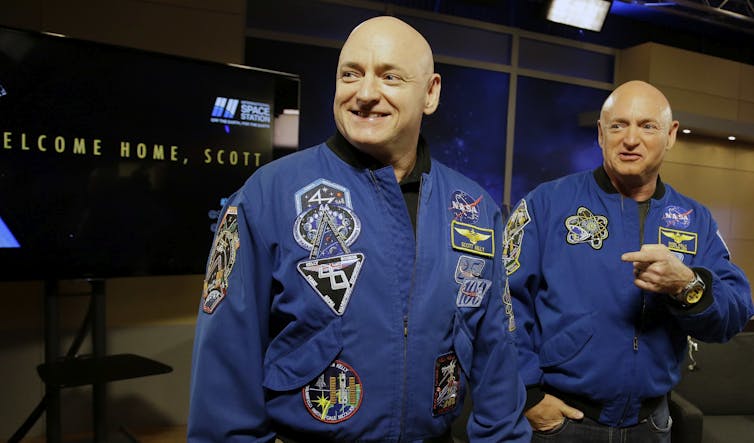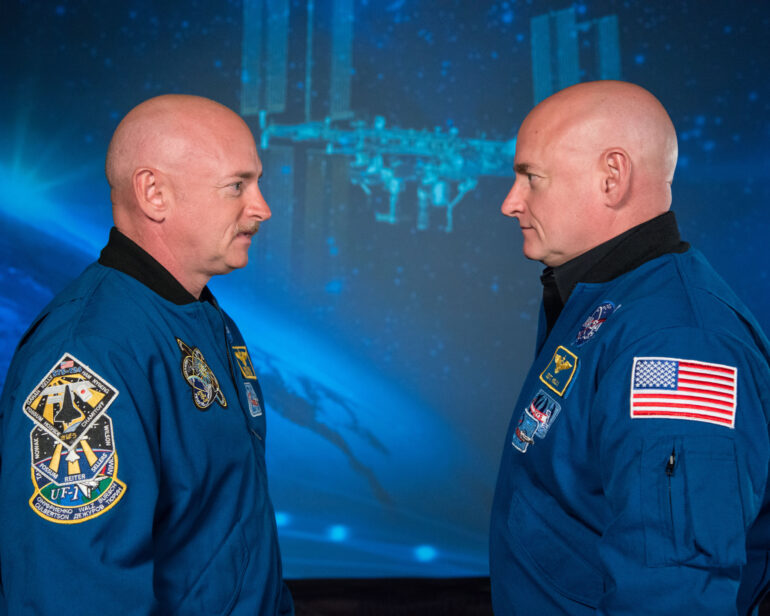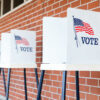Only about 600 people have ever traveled to space. The vast majority of astronauts over the past six decades have been middle-aged men on short-duration missions of fewer than 20 days.
Today, with private, commercial and multinational spaceflight providers and flyers entering the market, we are witnessing a new era of human spaceflight. Missions have ranged from minutes, hours and days to months.
As humanity looks ahead to returning to the Moon over the coming decade, space exploration missions will be much longer, with many more space travelers and even space tourists. This also means that a wider diversity of people will experience the extreme environment of space – more women and people of different ethnicities, ages and health status.
Since people respond differently to the unique stressors and exposures of space, researchers in space health, like me, seek to better understand the human health effects of spaceflight. With such information, we can figure out how to help astronauts stay healthy both while they’re in space and once they return to Earth.
As part of the historic NASA Twins Study, in 2019, my colleagues and I published groundbreaking research on how one year on board the International Space Station affects the human body.
I am a radiation cancer biologist in Colorado State University’s Department of Environmental and Radiological Health Sciences. I’ve spent the past few years continuing to build on that earlier research in a series of papers recently published across the portfolio of Nature journals.
These papers are part of the Space Omics and Medical Atlas package of manuscripts, data, protocols and repositories that represent the largest collection ever assembled for aerospace medicine and space biology. Over 100 institutions from 25 countries contributed to the coordinated release of a wide range of spaceflight data.
The NASA Twins Study
NASA’s Twins Study seized on a unique research opportunity.
NASA selected astronaut Scott Kelly for the agency’s first one-year mission, during which he spent a year on board the International Space Station from 2015 into 2016. Over the same time period, his identical twin brother, Mark Kelly, a former astronaut and current U.S. senator representing Arizona, remained on Earth.

NASA astronaut Scott Kelly, left, who went into space during the NASA Twins Study, stands next to his twin brother, Mark Kelly, who stayed on Earth.
AP Photo/Pat Sullivan
My team and I examined blood samples collected from the twin in space and his genetically matched twin back on Earth before, during and after spaceflight. We found that Scott’s telomeres – the protective caps at the ends of chromosomes, much like the plastic tip that keeps a shoelace from fraying – lengthened, quite unexpectedly, during his year in space.
When Scott returned to Earth, however, his telomeres quickly shortened. Over the following months, his telomeres…



